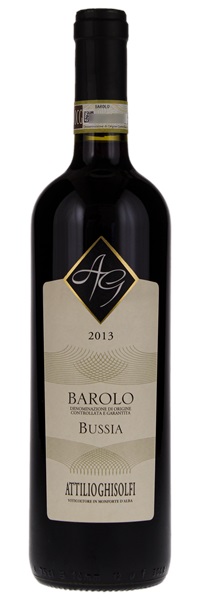Estimate

Dark-skinned berry, menthol, new leather, blue flower and baking spice aromas take center stage. On the radiant, full-bodied palate, vibrant acidity lifts red cherry, raspberry compote, star anise, clove and tobacco while youthfully taut, fine-grained tannins provide firm support.
A polished and refined red with plum, light coffee and sandalwood character. Medium to full body, round tannic mouthfeel and a fresh finish.
A fresh, fruity style, this offers cherry, strawberry and tobacco notes, backed by a vibrant structure. Balanced and long, ending with a coating of dusty tannins.
Mellow nose with hints of dried fruit, but this is a cask sample. Soft and mellow fruit but has fantastic chewy tannins.